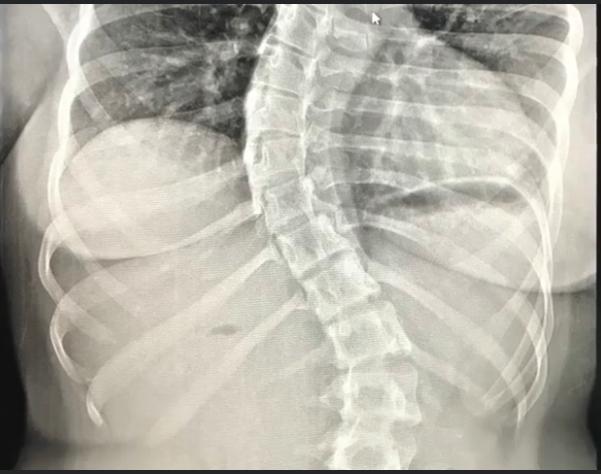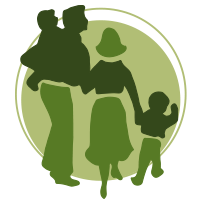I would like to chat to you about scoliosis. Scoliosis in children is relatively common (affecting up to 5.2%). It is more common in girls than in boys and is very important that you pick it up quickly because faster treatment gets better and quicker results.
What is scoliosis?
It is an abnormal side-bending or lateral curvature of the spine. We are supposed to have curves in our spines, but they are supposed to go “back to front” and they are there to be able to help you with shock absorption. They’re not supposed to be there “side to side”. If we have side to side curves, they can cause quite a bit of havoc.
So how do you know if you child is affected by scoliosis?
There are some things you can do at home. The first one is that to look at them from behind. The child is going to have their shirt off and you are going to be placed behind them looking at the structures of their back. Look at whether the head is slightly off centre from the hips.
Look to see if the trunk and ribcage look like it is shifted to one side. A good way of checking this is to look at the gap that’s left between the elbow and the side of the body. That gap is going to be larger on the side opposite of the shift.
Look to see if there is any asymmetry in the child’s waist. Does one hip look like it is slightly higher than the other hip? Does one shoulder blade look like it is popping off the back of the ribs? Pay attention to any type of spinal bend that you can see in your child’s back.
Ask your child to bend forward in front of you. Make sure that their knees are locked straight and that they have their head straight. Pop the palms of their hands together and get them to bend from the hips. The back, as you can see it from your vantage point, should look completely flat. I f one side of the rib cage looks higher than the other, this might be a reason for you to seek help.
f one side of the rib cage looks higher than the other, this might be a reason for you to seek help.
Another thing to keep in mind, is that if there is a history of scoliosis in your family that should be an alert for you. If you are worried at all after going through the screening process, please contact your health care provider or chiropractor and have your child assessed professionally.




